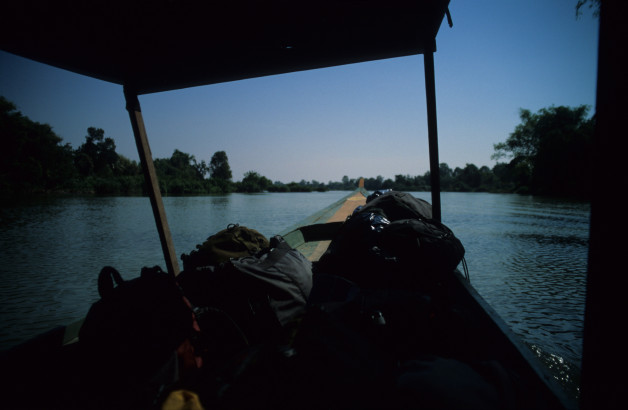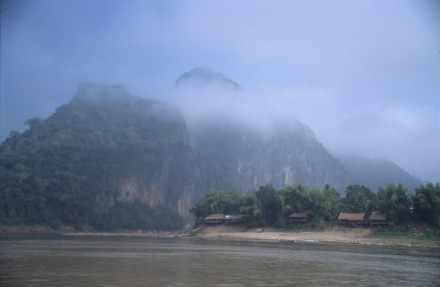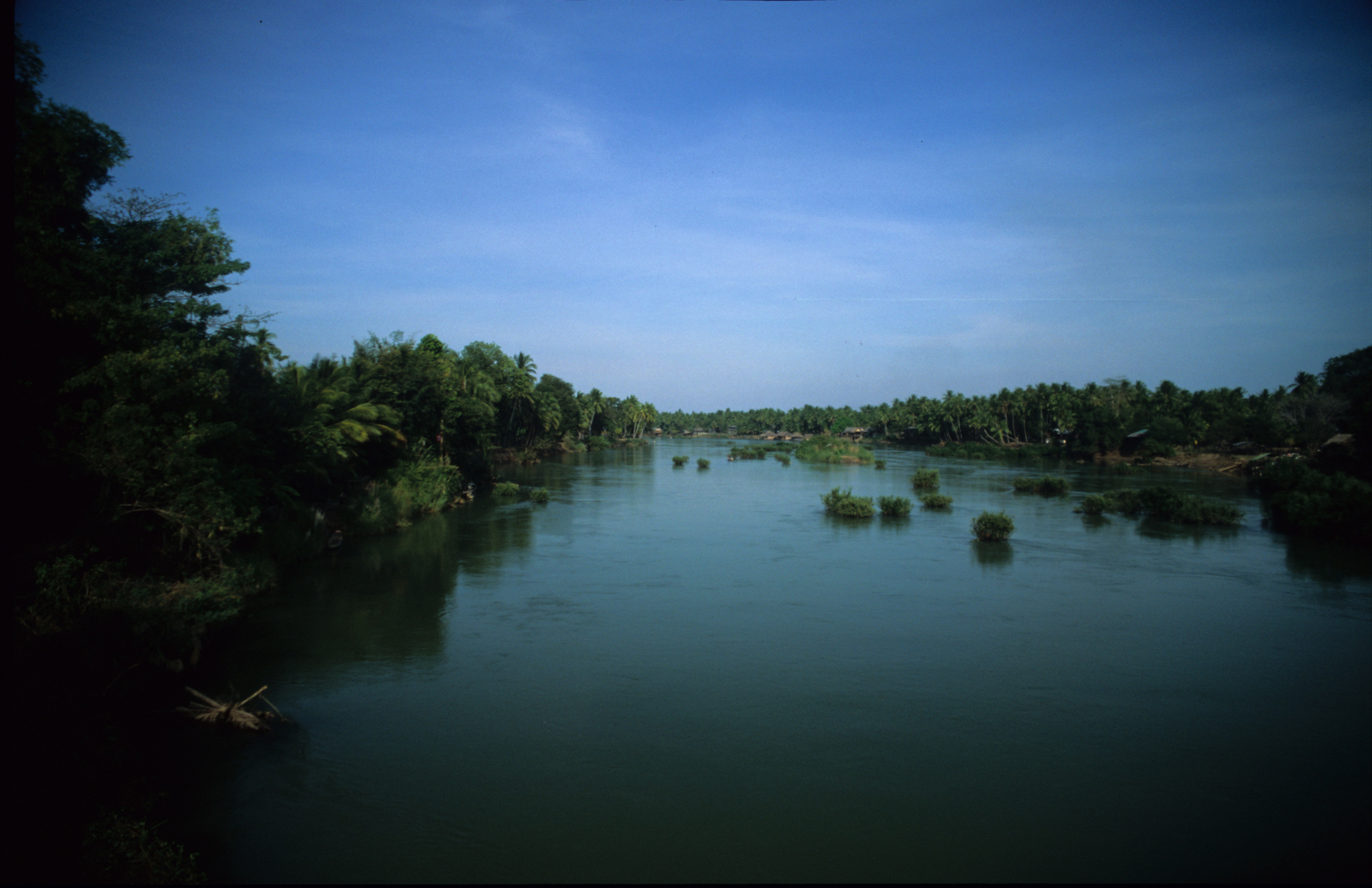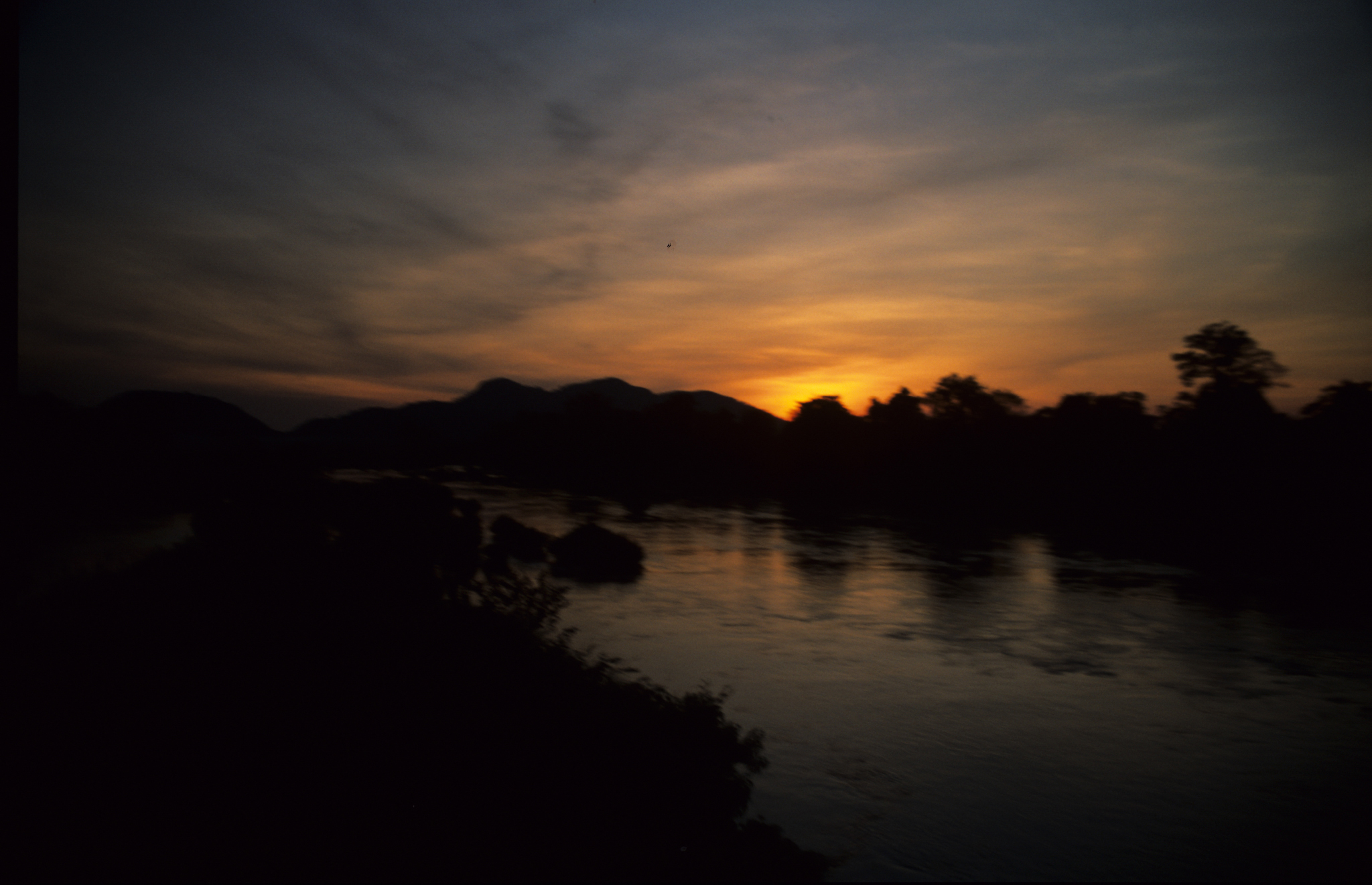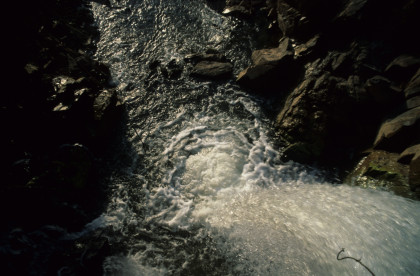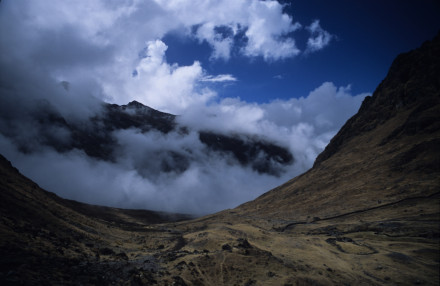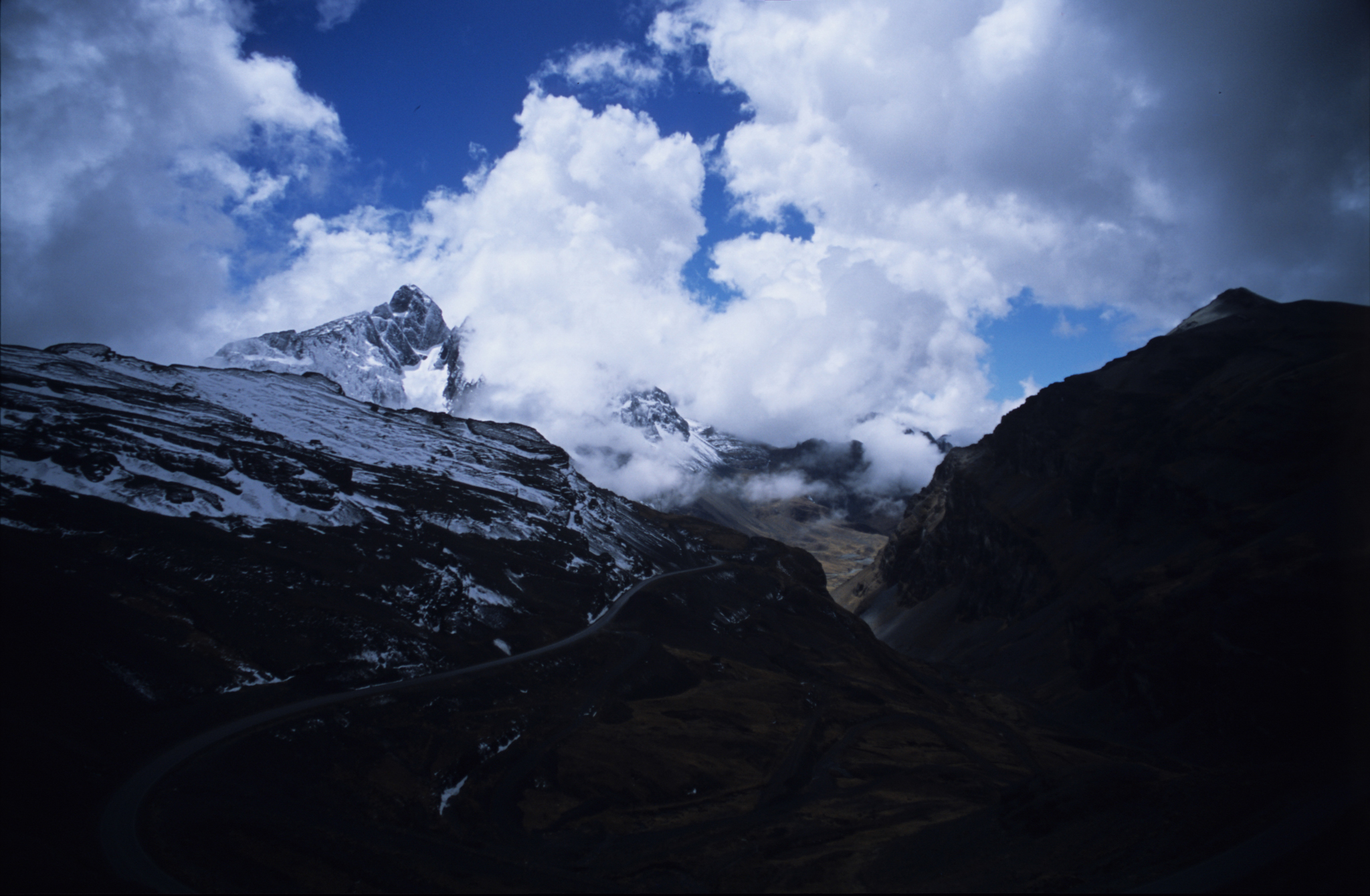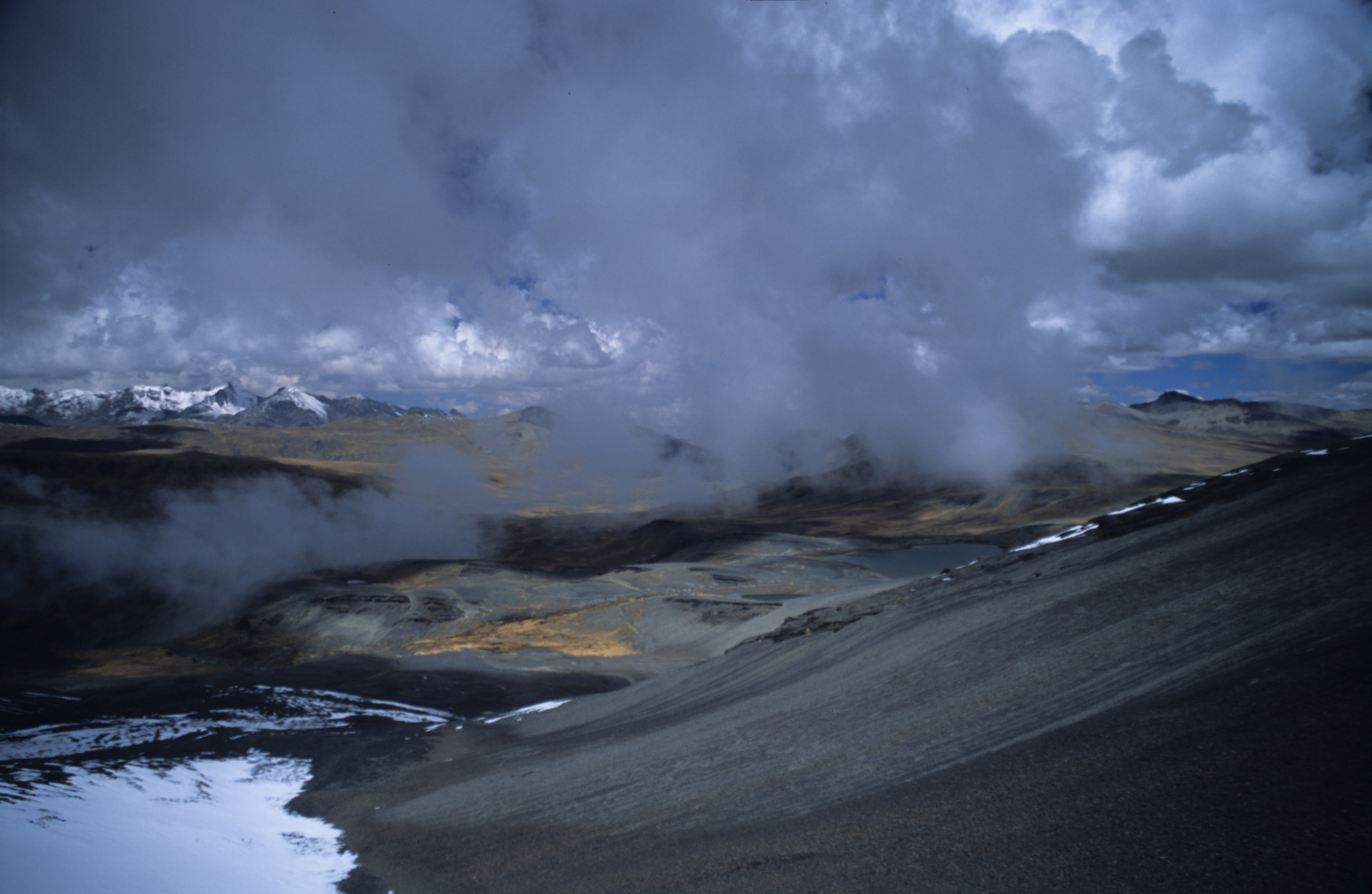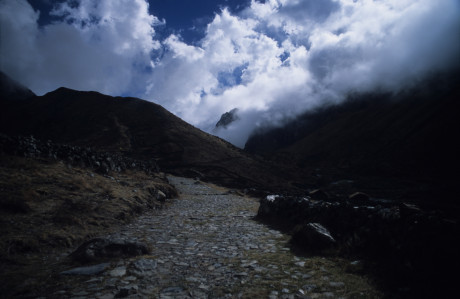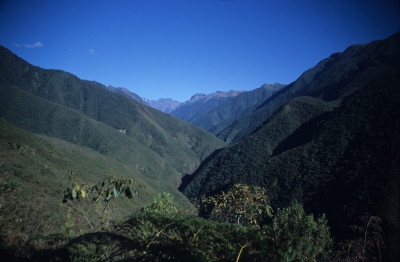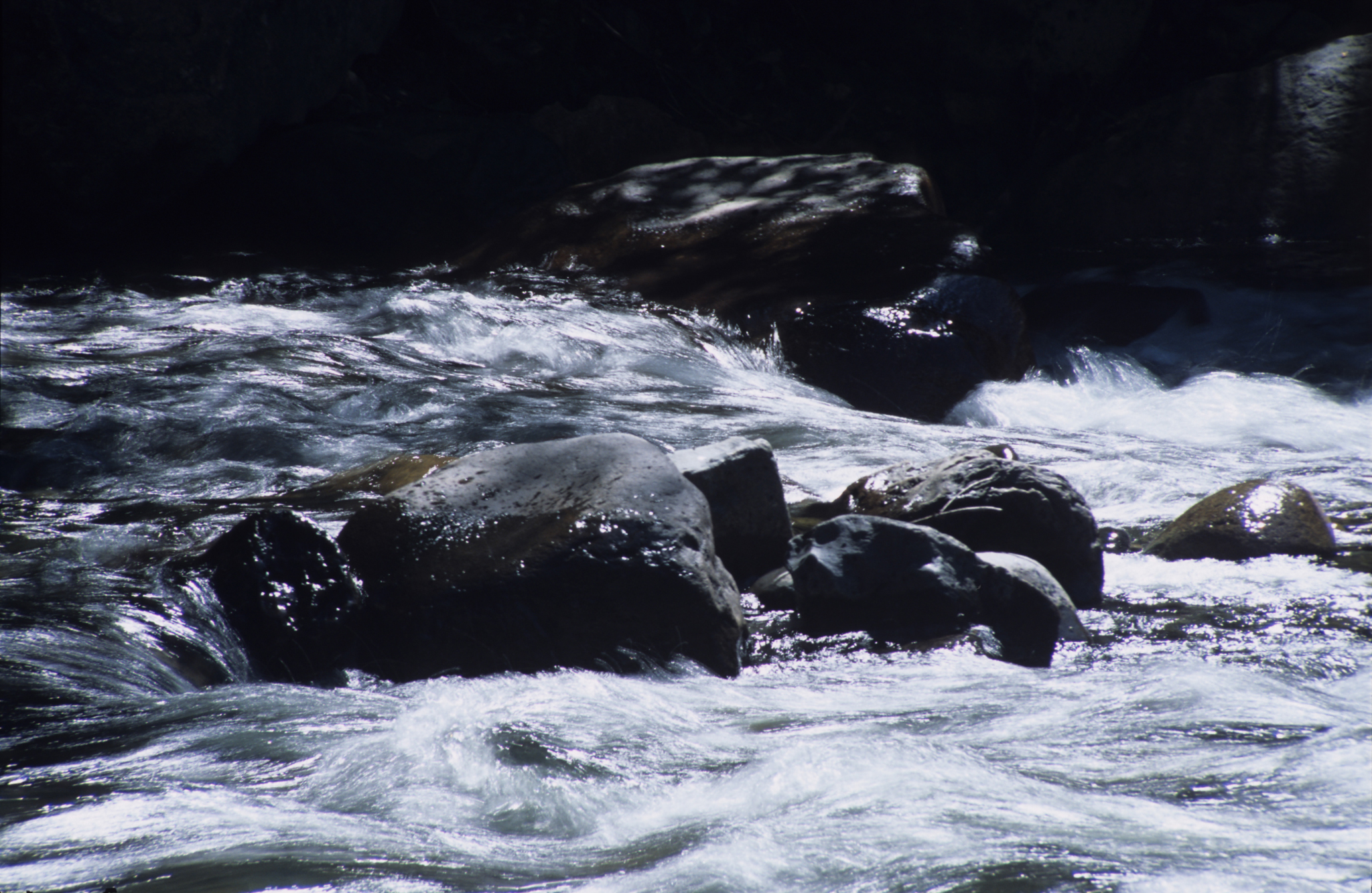T
Seasoned travellers will appreciate the risky undercurrent of both adventure activities and everyday life on the road.
When I was in Laos a few years ago, I was supposed to follow friends to Vang Vieng, which already had an auspicious reputation on the backpacker circuit as a ‘must see’ destination.
Back then the danger was reportedly law enforcement disguising themselves as locals selling marijuana and entrap backpackers.
However, I was at Si Phan Don where foolishly I decided to play on the Tat Somphamit waterfalls, where incidentally there was a danger sign. There I got sucked down a waterfall, experienced a rather unpleasant jamais vu of near death, and sliced the knuckle on my big toe down to the bone.
Given it was the Mekong, my foot up to the ankle instantly swelled like guava with infection. I was thinking of putting a couple of stitches in the wound myself because I’d seen First Blood and in my experience most things in life play out like the movies.
But there was no electricity and in the fading light of Christmas Eve I knew my headlamp wouldn’t suffice.
So, I was forced to skip Vang Vieng and further infection to get medical treatment at the only reputable facility in the entire country, the Australian Embassy in the capital of Vientiane.
But this lucky escape illustrates how the youthful insouciance that comes with travellers and backpacks can so quickly turn joy to tragedy. However, much greater risks are arising from the burgeoning trend in these underdeveloped tourist destinations to specifically target the cavalier nature of travellers with a growing array of adventure activities.
This occurred earlier this month, where a young Australian female tourist was incredibly lucky to survive a bungee jump at Victoria Falls when her bungee cord snapped, plunging her into the Zambezi River.
At the more extreme end is the infamous North Yungas Road, also called El Camino de la Muerte or Death Road outside La Paz in Bolivia.
There, tour agents offer a highly popular and dangerous mountain bike descent down a sixty kilometre stretch of road that reportedly kills up to three hundred people a year.
The reason it is so dangerous it’s often reduced to a single lane with unguarded hairpin turns, blind corners and sheer drops of up to 1500 metres – and let us not forget the Bolivian drivers who drive like their favourite Hollywood action stars.
When I was travelling through Bolivia, I heard off other backpackers that an Israeli woman fell to her death mountain biking down the Death Road. Apparently, she got into bother skirting the edge around a turn, panicked, and pumped the front brake instead of the back brake, sending her over the handle bars to a certain fate.
So, I decided instead to circumvent the North Yungas Road by hiking the El Chorro trail, an obscure Inca trail at the time which guided me down almost four thousand metres through the Challapampa forest.
It was a spectacular lonely path demonstrating the transition of vegetation down the steep gradient. At walking pace, all the unique and various subtleties of change from the stark mist-swept altiplano, through the entrancing cloud forest and down into the steaming jungle can be absorbed. It is these details which are impossible to observe sky diving, bungee jumping, zip lining or from a speeding boat.
Other perils are found in the indomitable budget nature of a backpacker, who spurns local advice and guides to go cavorting across creviced glaciers, or trekking through dense jungle.
But there is no prescriptive solution. There will always be the simple accidents and unavoidable tragedies that occur, like the Polish hiker, when I was in Karimabad, Pakistan in 2007 and her foot fatally slipped while hiking.
Just as in everyday life, the key principle is balancing instinct, sense and caution against adventure, compassion and living loose. And I’ve found the slower the journey the lesser the risks, and the pleasant consequence is it allows a traveller to insufflate the details that define travelling and makes a journey memorable.







